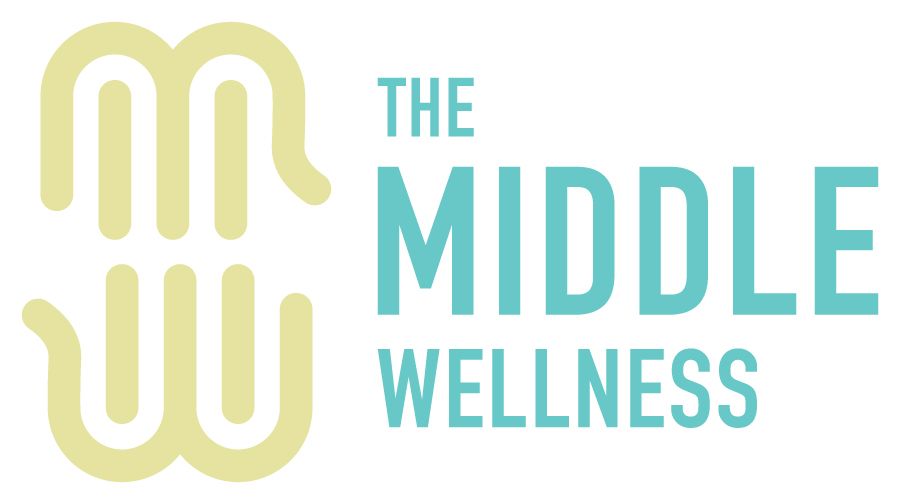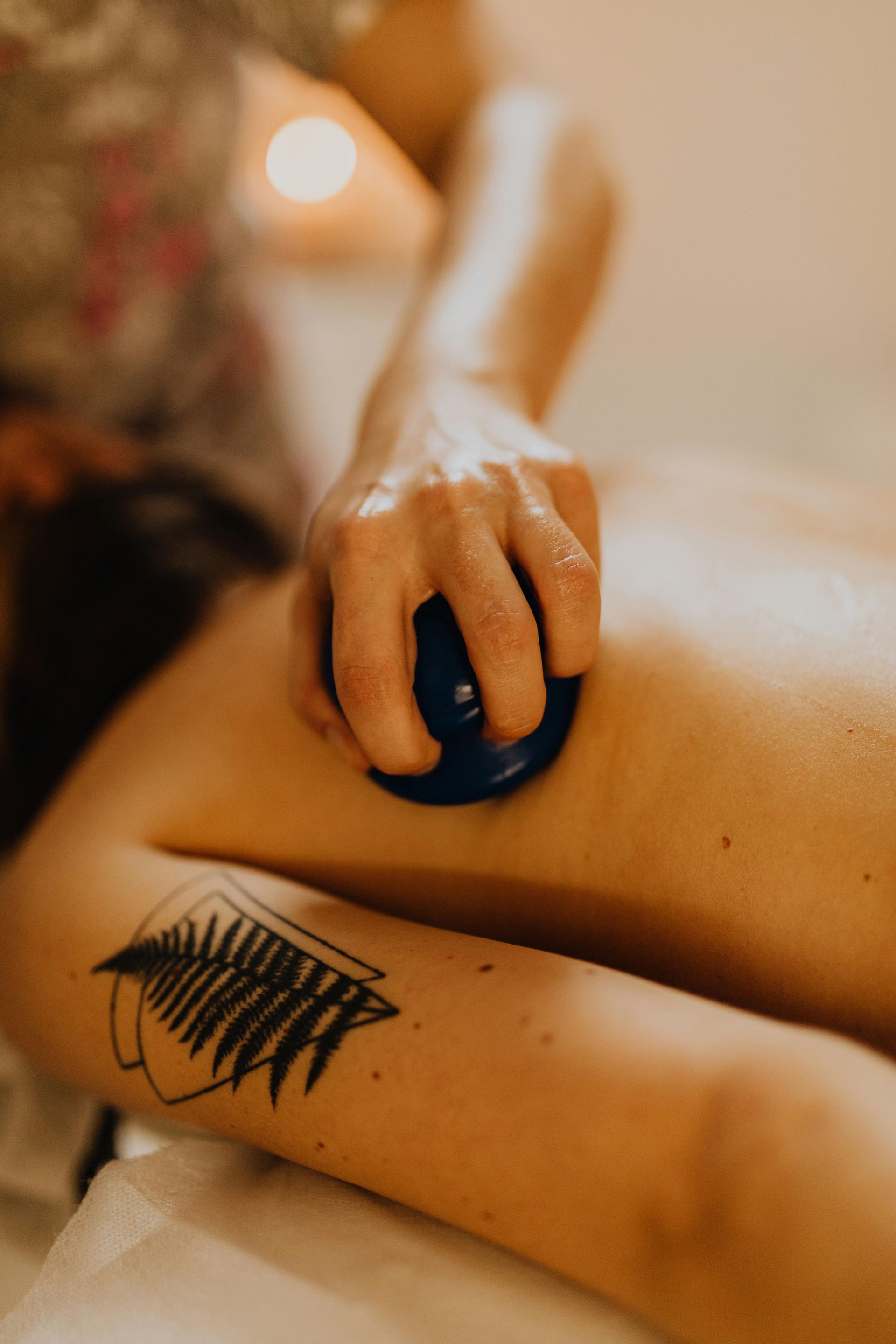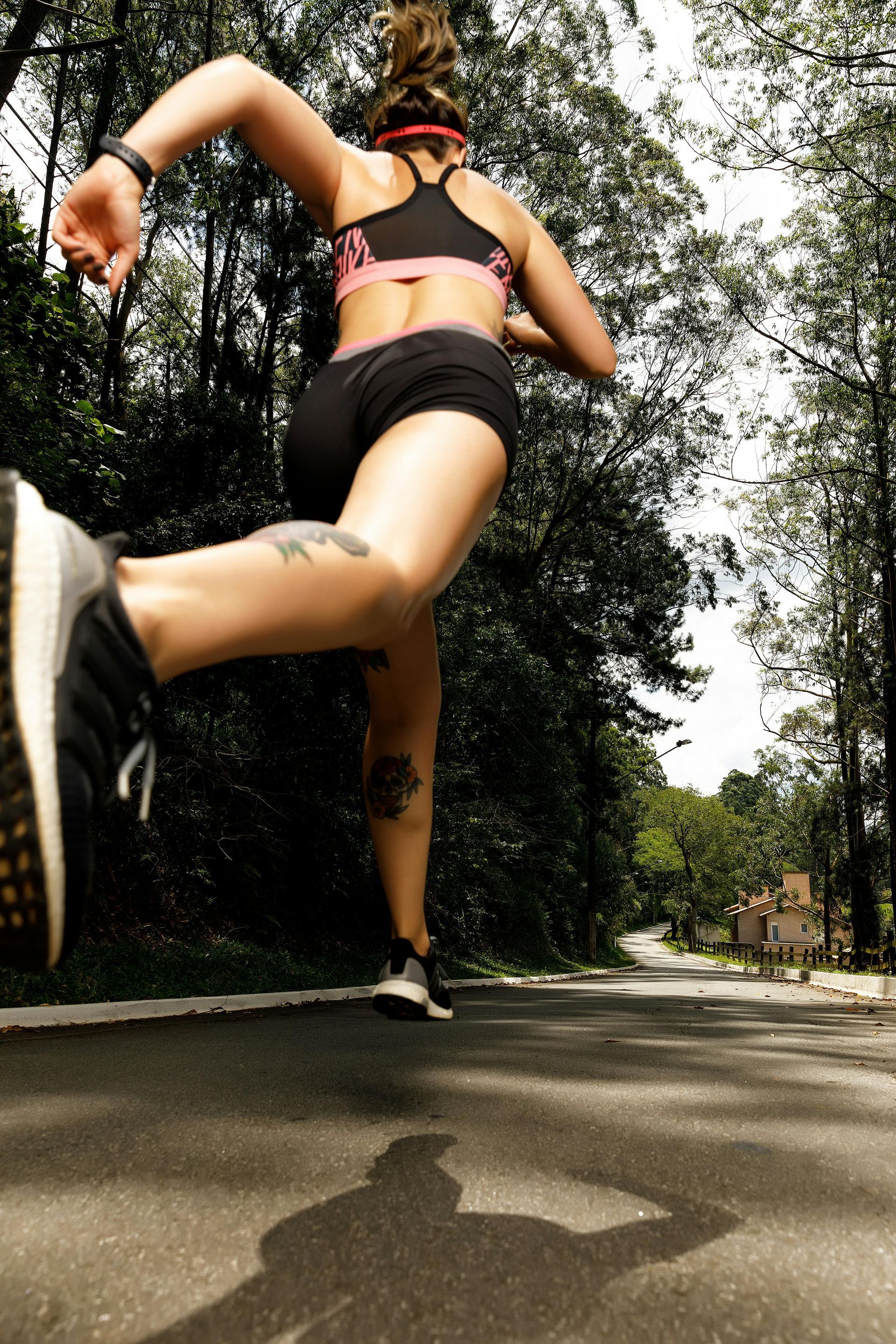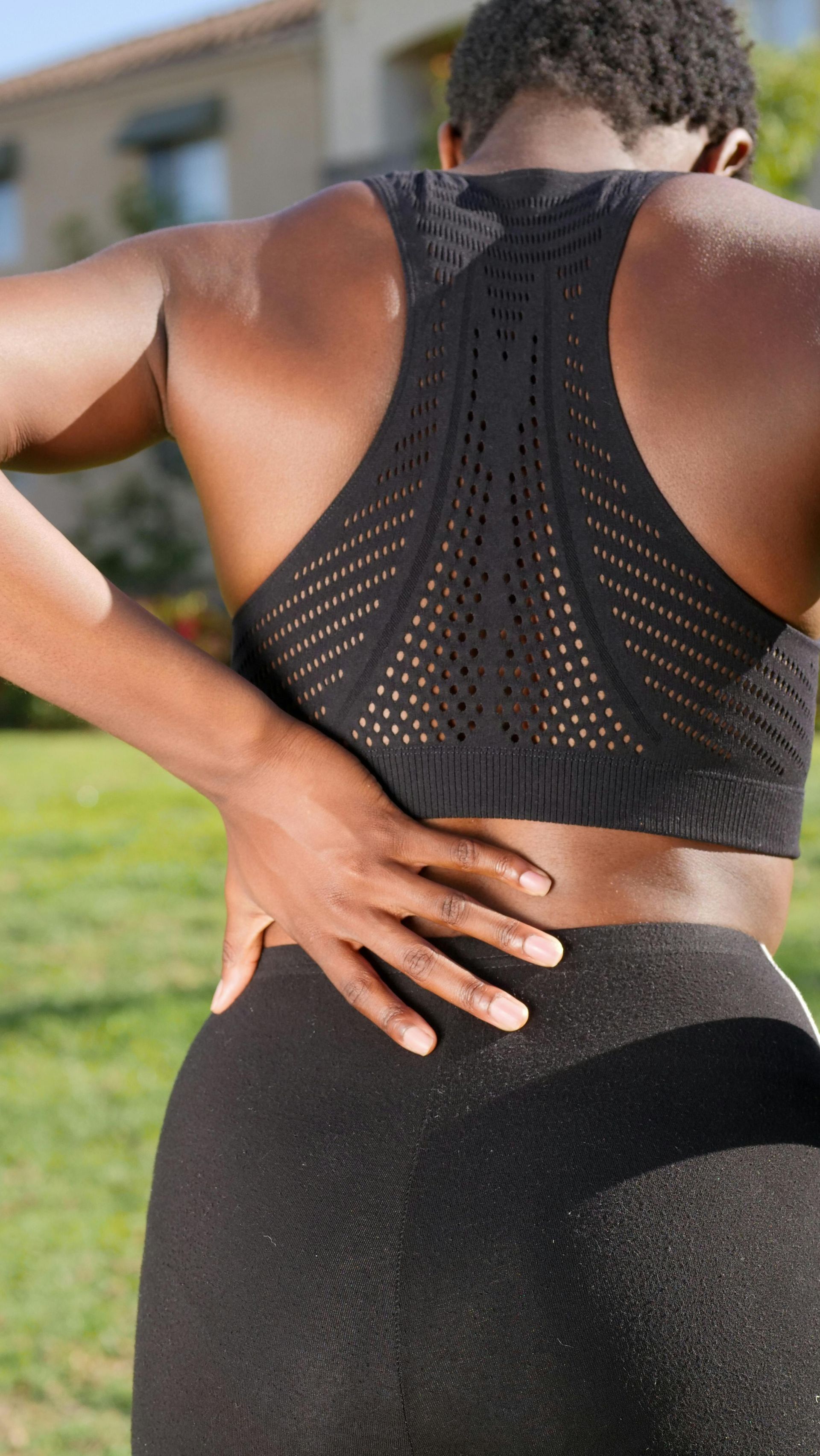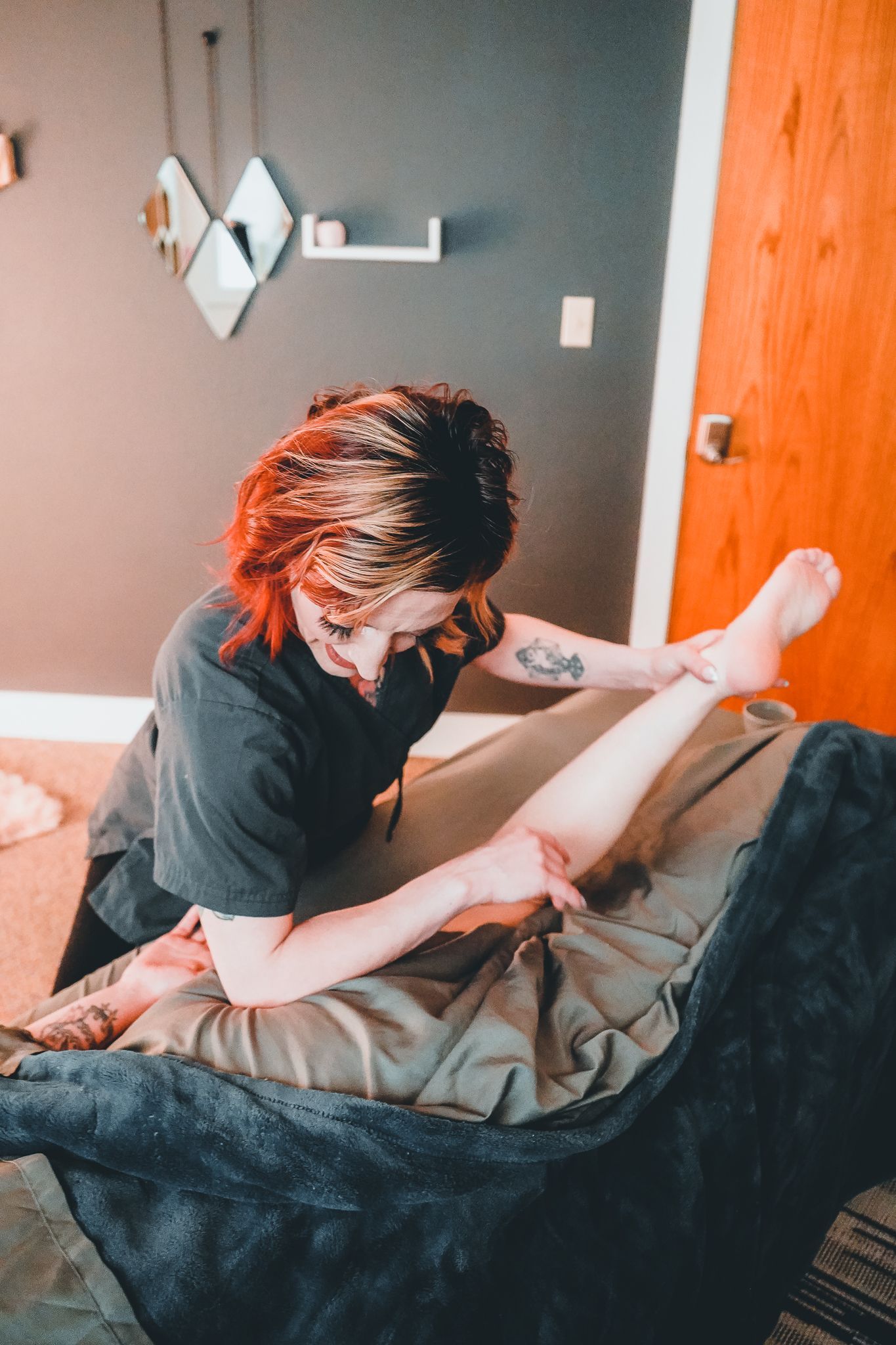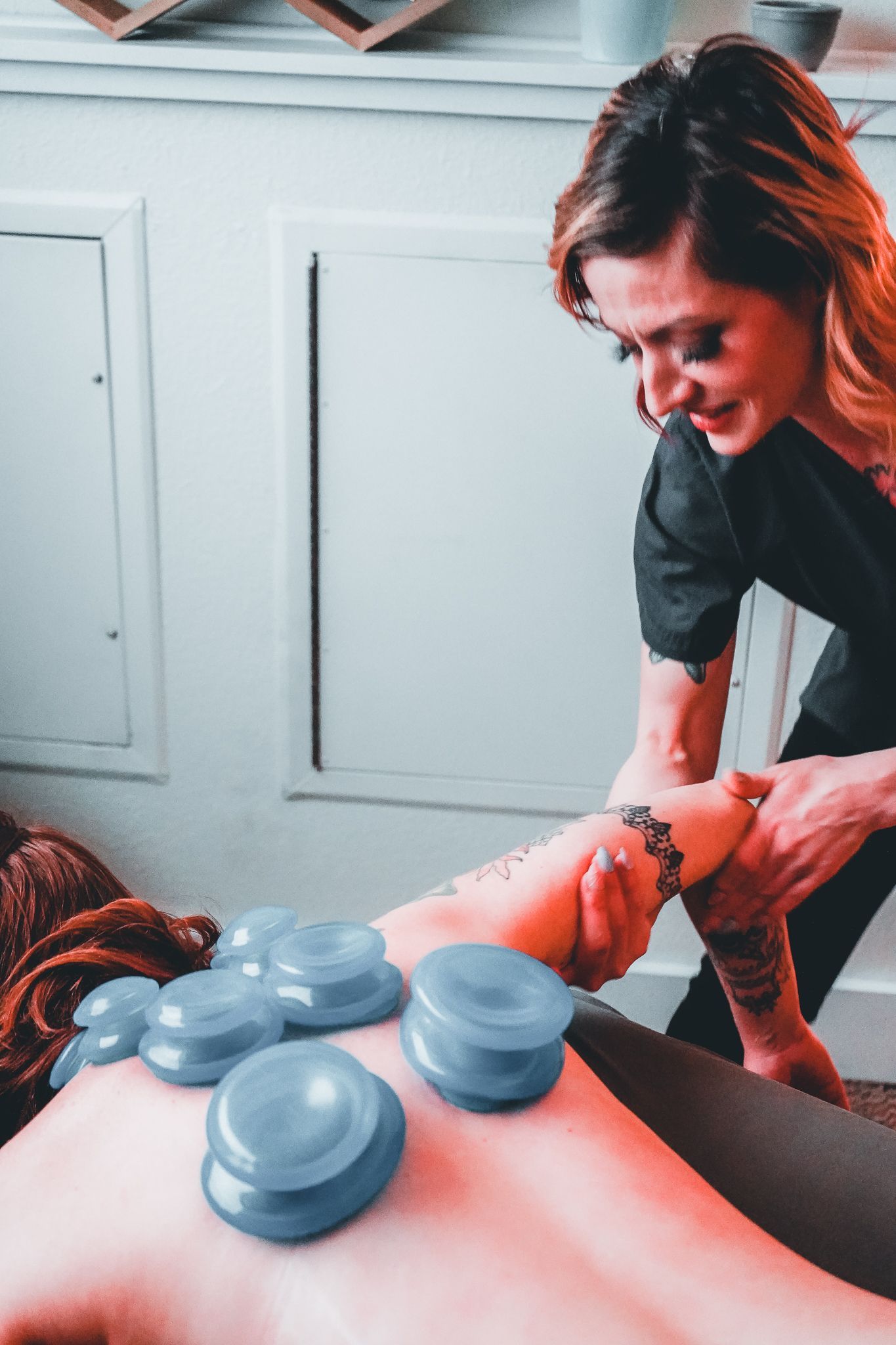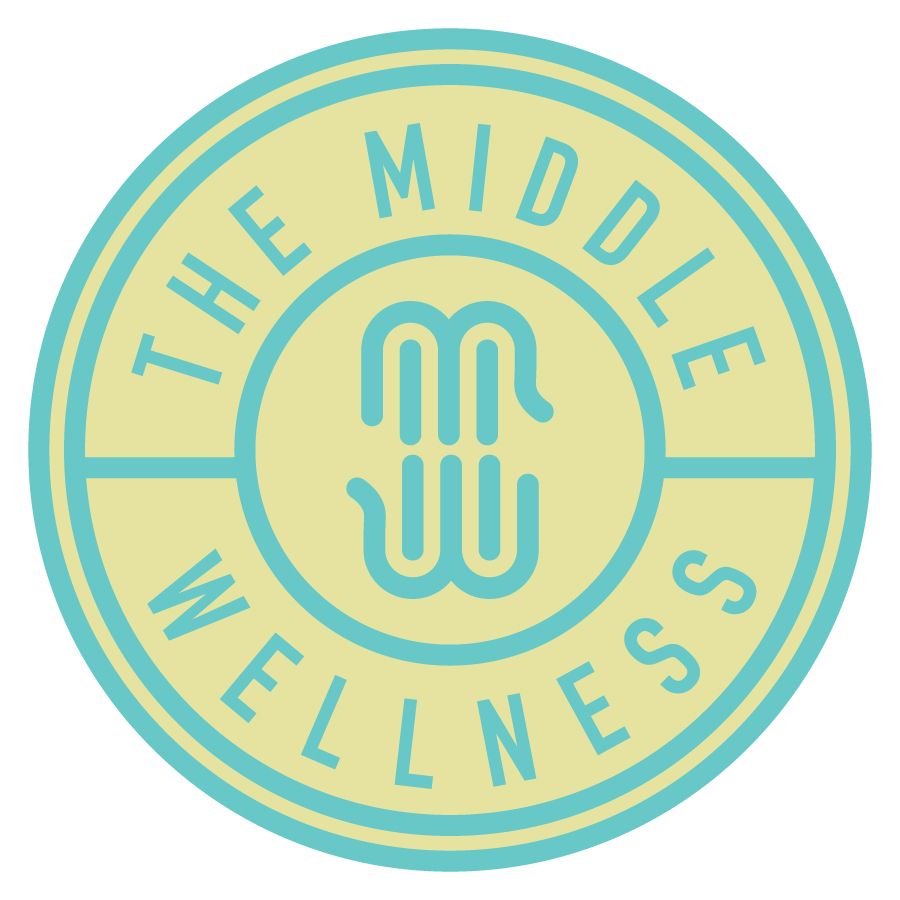The Science of Massage
How Massage Affects Muscle Recovery and Reduces Injury
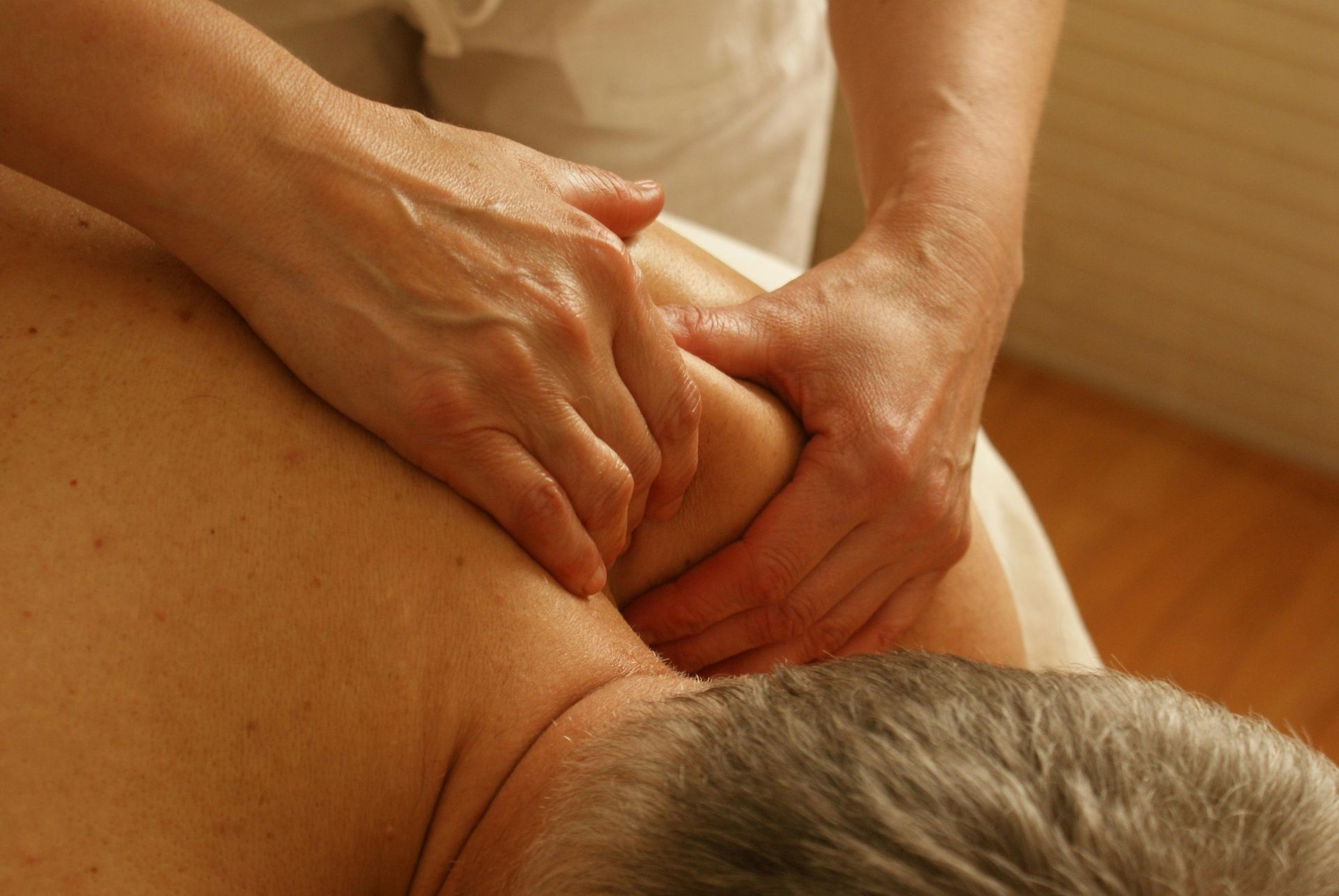
Massage therapy has been a cornerstone of athletic training and recovery for centuries, but its benefits extend far beyond relaxation and pampering. With advancements in sports science, we now have a clearer understanding of how massage affects muscle recovery and reduces the risk of injury. Let’s delve into the science behind massage therapy and explore how it can enhance your physical performance and overall well-being.
Understanding Muscle Recovery
Muscle recovery is a complex process that occurs after intense physical activity. When we exercise, especially during strenuous workouts, tiny tears occur in our muscle fibers. This is a natural part of building strength and endurance; however, it also leads to soreness and fatigue. Effective recovery is crucial for athletes and active individuals alike, as it allows muscles to heal, grow stronger, and prepare for future exertion.
The Mechanisms Behind Massage Therapy
1. Improved Blood Circulation: One of the primary ways massage aids recovery is by enhancing blood flow to the muscles. Increased circulation delivers essential nutrients and oxygen to the tissues, facilitating healing and reducing muscle soreness. It also helps to remove metabolic waste products, such as lactic acid, that accumulate during exercise.
2. Reduction of Muscle Tension: Massage therapy effectively targets tight muscles and fascia, which can develop as a result of physical activity. By applying pressure to these areas, massage helps to relax muscle fibers and release tension, promoting greater flexibility and range of motion.
3. Stimulation of the Lymphatic System: The lymphatic system is responsible for removing toxins and waste from the body. Massage encourages lymphatic drainage, which helps to flush out waste products from the muscles, further enhancing recovery and reducing inflammation.
4. Trigger Point Release: Trigger points, or muscle knots, can develop in overworked muscles. These points can cause pain and restrict movement. Massage therapy focuses on these areas, helping to release tension and restore normal muscle function.
5. Nervous System Regulation: Massage has a calming effect on the nervous system, promoting relaxation and reducing stress. This is crucial for recovery, as chronic stress can hinder the body’s ability to heal and adapt to training. By lowering cortisol levels and increasing serotonin and dopamine, massage therapy can improve mental well-being, which is an integral component of physical recovery.
Evidence Supporting Massage Therapy
Numerous studies have supported the benefits of massage therapy in muscle recovery and injury prevention. Research indicates that regular massage can lead to:
- Decreased Muscle Soreness: Studies have shown that athletes who receive massage after intense exercise report lower levels of delayed onset muscle soreness (DOMS) compared to those who do not receive massage.
- Improved Range of Motion: Massage therapy has been found to enhance flexibility and range of motion, allowing athletes to perform better and reduce the risk of injury.
- Reduced Recovery Time: Athletes who incorporate massage into their recovery routine often experience faster recovery times, enabling them to return to training or competition sooner.
- Enhanced Performance: By promoting better recovery and reducing injury risk, massage therapy ultimately contributes to improved athletic performance.
Injury Prevention Through Massage
In addition to aiding recovery, massage therapy plays a crucial role in preventing injuries. Here’s how:
1. Identifying Imbalances: Regular massage can help identify areas of tightness or imbalances in the body before they lead to injuries. By addressing these issues proactively, athletes can maintain optimal muscle function.
2. Maintaining Flexibility: Flexibility is key to preventing injuries, especially in sports that require a wide range of motion. Massage therapy enhances flexibility, making it less likely that an athlete will experience strains or sprains.
3. Promoting Body Awareness: Massage encourages athletes to tune into their bodies and recognize areas of tension or discomfort. This heightened awareness can help them adjust their training regimens and avoid overexertion.
Incorporating Massage into Your Routine
To reap the benefits of massage therapy, consider the following tips:
1. Schedule Regular Sessions: For optimal results, aim for regular massage sessions—ideally once a month or more frequently during intense training periods.
2. Communicate with Your Therapist: Share your training routine and any areas of discomfort with your massage therapist. This information will help them tailor your treatment to your specific needs.
3. Combine with Other Recovery Strategies: Pair massage with other recovery practices, such as proper hydration, nutrition, stretching, and rest, for a comprehensive recovery plan.
4. Listen to Your Body: Pay attention to how your body responds to training and massage. If you notice persistent soreness or discomfort, don’t hesitate to seek additional sessions.
Conclusion
Massage therapy is much more than a luxury; it is a scientifically-backed tool for enhancing muscle recovery and reducing the risk of injury. By improving circulation, reducing muscle tension, and promoting relaxation, massage therapy plays a vital role in the athletic training process. Whether you’re a competitive athlete or a weekend warrior, incorporating regular massage into your routine can enhance your performance, keep you injury-free, and ultimately lead to a healthier, more active lifestyle. Don’t underestimate the power of touch—your body will thank you!
THE MIDDLE WELLNESS CENTER
2829 North Avenue, Unit #101
Grand Junction, CO 81501
Hours:
By Appt ONLY
Mon-Sat: 9am-5:30pm
Sun: Closed
Site Powered by Website Design Grand Junction
